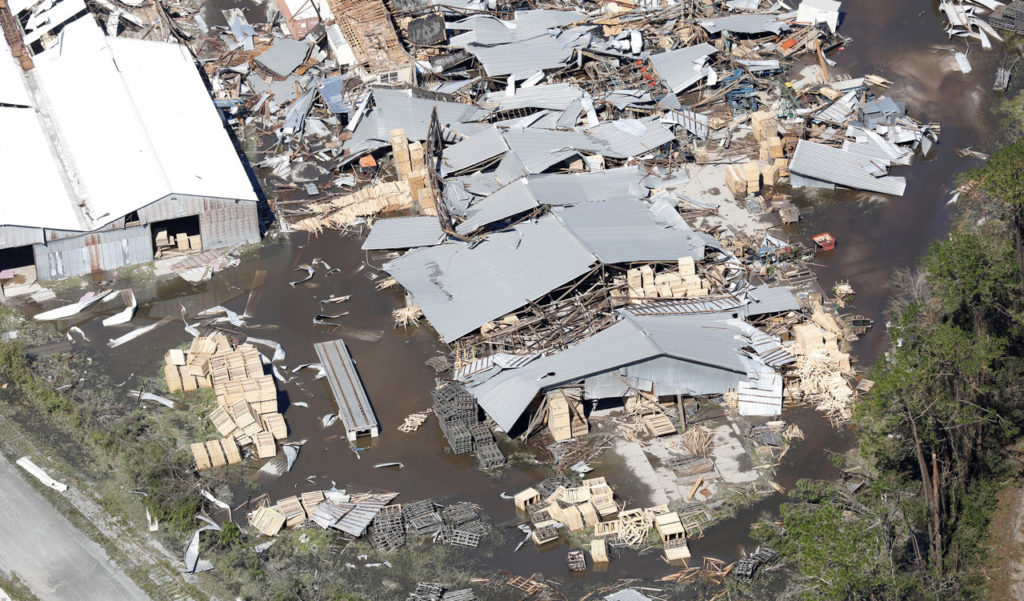Motivation

The risk from natural hazards has been increasing over time with hurricanes one of the costliest natural hazards to impact the United States over the past four decades. Mitigation of the risk of natural hazards can be achieved through the concept of community resilience which is an essential requirement for the nation’s security and welfare.
Framework
The presented framework allows to probabilistically quantify resilience of residential communities subjected to hurricanes. Resilience goals are defined, then quantifiable metrics are specified that can be directly compared to community resilience goals. In order to quantify the resilience metrics, direct damage after the hurricane is calculated using a component-based vulnerability model. In particular, the vulnerability model integrates a parametric hurricane wind field model with a probabilistic debris trajectory model to calculate damage due to two mechanisms: excessive dynamic wind pressure and impact of windborne debris to the building envelope.
Interdependencies induced between the two mechanisms are modeled using a distributed simulation platform. The platform uses Lightweight Communications and Marshalling (LCM) libraries to decouple the vulnerability model into three main simulators: hurricane simulator, debris simulator, and damage simulator. This decoupling makes the platform modifiable and extensible which implies that any replacement or update of any simulator can be carried out with minor effects on any other simulator.
Based on the level of damage of each building directly after the hurricane, a performance limit state is specified. Each of the performance limit states is directly related to a building recovery path. Building recovery paths are then aggregated to calculate the community recovery path. A Monte Carlo simulation engine has been implemented to evaluate the building and community recovery path probabilistically. This will help decision makers to compare current community resilience with target levels, identify the gap, and set strategies to improve community resilience.
Team
Developer(s): Ahmed U. Abdelhady
Supervisors: Dr. Jason P. McCormick, Dr. Seymour M.J. Spence
Downloads:
TBA

This project is supported by the United States National Science Foundation (NSF) through grant 1638186 (CRISP Type 2: Interdependencies in Community Resilience (ICoR): A Simulation Framework). Any opinions, findings, conclusions, and recommendations expressed on this site are those of the project team members and do not necessarily reflect the views of the NSF.

